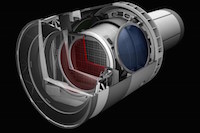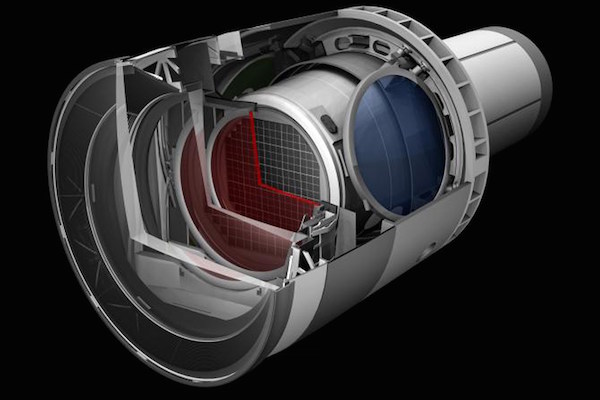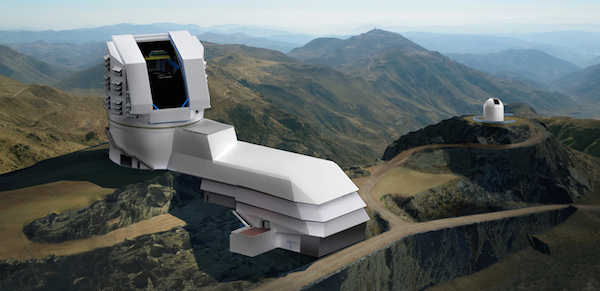Department of Energy approves 3,200-megapixel camera to capture detailed images of the Milky Way
posted Thursday, January 15, 2015 at 2:52 PM EST

Funding for the Department of Energy’s (DOE) Large Synoptic Survey Telescope camera (LSST) has officially been secured. Set to be roughly three tonnes, this car-sized beast will soon be snapping photographs of our universe at a sensor-shattering 3,200-megapixels.
Construction on the LSST is set to start in 2022 at the DOE’s SLAC National Accelerator Laboratory in Menlo Park, California. Its purpose is to capture the ‘widest, deepest and fastest views of the night sky ever observed’ over a decade-long mission plan.

Specifically, the LSST will be used to ‘rapidly scan the sky, charting objects that change or move: from exploding supernovae to potentially hazardous near-Earth asteroids,’ according to the project’s website.
Once built and securely placed atop the Cerro Pachon mountain in Chile, the LSST is set to create a massive archive of publicly-available data. Approximately six million gigabytes per year, to be precise.

The resulting information and visuals will be used by researchers and amateurs alike to more accurately keep an eye on our solar system’s happenings to help further educate and inform the science community of happenings.
It might be some time before we see results from the LSST, but when 2022 hits, you better hope petabytes have become the norm.
(via Wired UK)
Image credits: Photograph via LSST